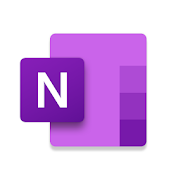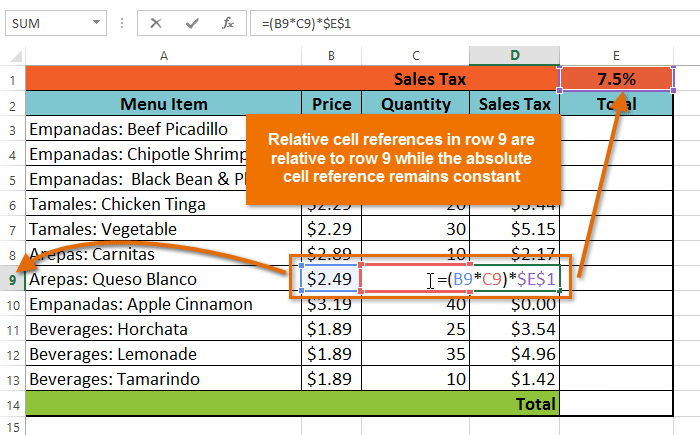You’ve got a big meeting and all your data is ready, you’re well-researched and feel prepared for  any curveball question the boss can throw at you. You walk into the meeting brimming with confidence and start your presentation and bam! It’s like someone hit the snooze button in there. All your hard work down the drain because nobody can stop their eyes from glazing over!
any curveball question the boss can throw at you. You walk into the meeting brimming with confidence and start your presentation and bam! It’s like someone hit the snooze button in there. All your hard work down the drain because nobody can stop their eyes from glazing over!
It’s time to spice up your worksheets and bring the attentiveness back to your listeners. Luckily, Excel offers plenty of ways for you to play around with your worksheet. Here’s a look at some of the ways you could liven up those numbers:
CONDITIONAL FORMATTING IS NOT CONDITIONAL FOR AN INTERESTING WORKSHEET!
Conditional formatting is a powerful tool in Excel. What does it do? It allows you to dynamically format cells based on a condition. How is it any different from traditional formatting? It allows faster formatting because the highlighted cells which match a specified condition are instantly formatted and it does this dynamically, that is, if the cell content changes, the formatting changes automatically.
You’ll find conditional formatting in the “Home” tab on the Ribbon. It has two parts, the rule and the format. The rule determines which cells Excel will format, and the format determines how those cells are formatted.
With conditional formatting you can select one or more cells, and create rules for when and how those cells are formatted. You can control the cell font, fill color and border setting, based on the selected cell’s contents, or based on the contents of another cell. Conditional formatting can help create excel dashboards with colors and icons as well as highlight reports and analyze new data quickly.
APPLY A THEME (PARTY)
Give your Excel sheets, Word documents and PowerPoints a professional look consistent across the various applications in Microsoft Office with Office themes. A theme is a collection of formatting options such as colors, fonts, headers and footers, and effects, such as lines and fill effects. Unifying the look of your information across reports, spreadsheets, and presentations helps to reinforce your message.
Get access to built-in themes under the “Page Layout” tab or create a customized theme that can be used across Office programs. Extra themes are available on Office.com if you want more.
DISPLAY YOUR SMARTS WITH SMARTART
Nothing holds the attention of viewers better than catchy graphics. While you can’t have a picture of some cats in your worksheet, you can condense your essential information into graphics that are easy on the eyes and on the brain.
SmartArt is the way to go. Access the “Insert” tab and click on the SmartArt option to access the different categories available in Microsoft Office.
Different types of SmartArt work best with different types of data. For example, a List works well to show information that doesn’t need to follow a particular order. On the other hand, if you’re talking about a new security compliance plan for your company, identifying and following the essential steps in order is pretty important! To show process or timeline steps (for example for a new project) use the Process option. To show a continuous process use the Cycle option; to create a decision tree or flowchart use Hierarchy and to relate parts to a whole use the Matrix option.
If these aren’t enough, you can get additional layouts from Office.com.
GET THE SPARK BACK WITH SPARKLINES
Sparklines represent numeric data graphically in the form of a line graph, column graph or win/loss chart within a single cell. Pretty neat. No, I mean literally. Say you have a bunch of different products in a product portfolio and you’re tracking their sales over the year. Making a bunch of trend lines in a single line chart would be messy. In this case, bring Sparklines to the rescue!
Sparklines represent data in a single column or row. You can create them in three ways: for each column or row one at a time, or one Sparkline that’s then copied, or Sparklines for the entire data set at once.
Something to note is that Sparklines can’t be removed using the Delete key. You need to use the “Design – Clear” tab that appears when a Sparkline is selected.
USE FORM CONTROLS TO GET CONTROL—OVER YOUR FORMS
You can build a custom form for a worksheet by using Excel’s form controls such as buttons, check boxes, drop-down lists, spinners, and more. Using form controls can help make your worksheet interactive as you need information from users. It’s an effective way to collect information, for example, for a survey.
Some of the Controls available in Excel include:
- The Check Box is linked to a cell and can be used to get information from a user.
- Option Buttons have users choose between multiple options. Out of the different option buttons on a worksheet, you can only select one button at a time. You can enclose the buttons inside a group box to make them function separately from any other option buttons in the worksheet.
- List and Combo boxes look alike but aren’t. A list box shows a list whereas a combo box shows only one item with a down arrow to display the list.
- A spinner increases or decreases the amount in the cell linked to it.
- A scroll bar or slider operates vertically and horizontally and lets you select data from a wide range of numbers.
Not satisfied yet? Get expert guidance on making your Excel spreadsheet more attractive and informative from an expert like Dennis Taylor, available through this Excel 2013 Features at AudioSolutionz.



